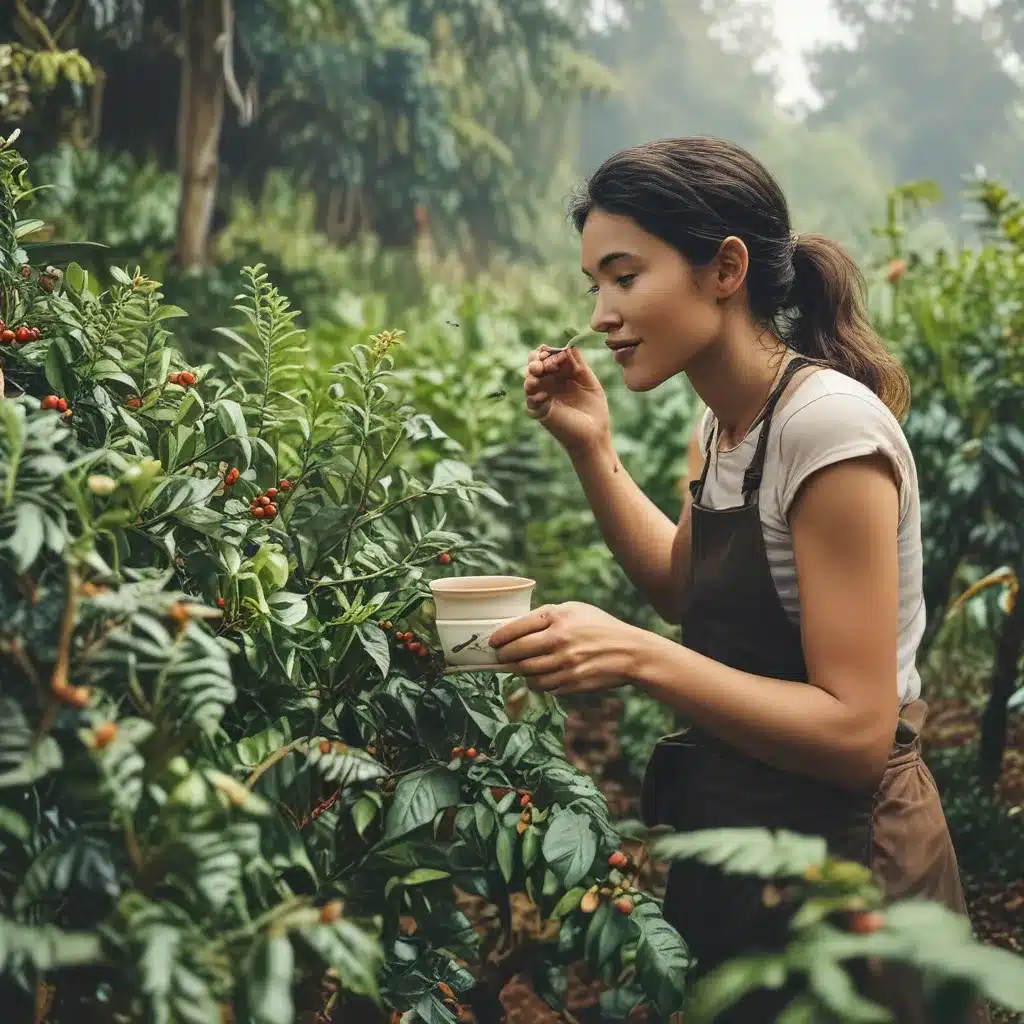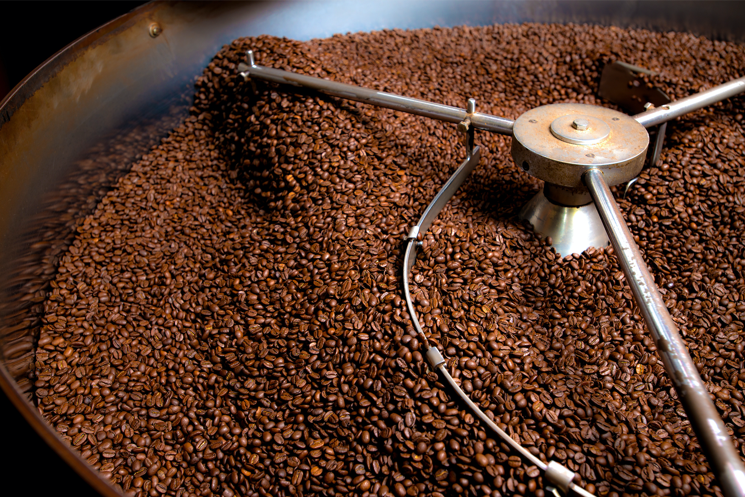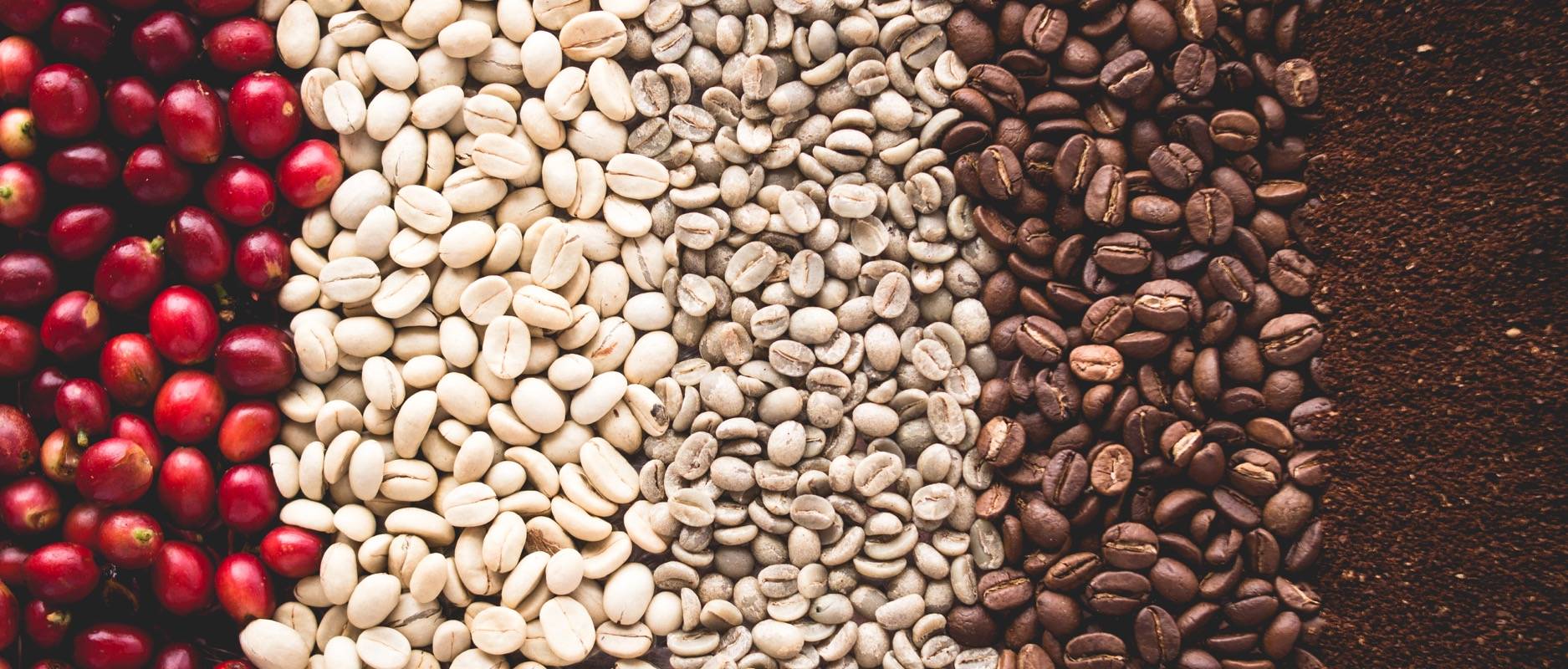
By Agroempresario.com
Coffee, one of the world's most beloved beverages, undergoes a fascinating journey from the fields where it's grown to the mugs where it's enjoyed. This process involves multiple stages, each critical to ensuring the quality and flavor of the final product. Here’s a detailed look at the coffee production process, from cultivation to brewing.

Selection of coffee variety
Coffee production begins with the selection of the coffee plant variety. The two main species cultivated are Arabica (Coffea arabica) and Robusta (Coffea canephora). Arabica is known for its superior flavor and aromatic qualities, while Robusta is valued for its higher caffeine content and disease resistance.
Planting and growing conditions
Coffee plants thrive in tropical climates with rich, well-draining soil, consistent rainfall, and moderate temperatures (15-24°C for Arabica, 24-30°C for Robusta). They are typically grown at elevations between 600 and 2,000 meters above sea level. Shade trees are often planted alongside coffee to protect the plants from excessive sunlight and to promote biodiversity.
Maintenance and care
The plants are carefully tended to, with regular pruning to promote healthy growth and prevent diseases. Farmers monitor for pests and diseases, employing integrated pest management (IPM) techniques to minimize chemical use and promote environmental sustainability.
Timing and methods
Coffee cherries are typically harvested once they reach full ripeness, indicated by their deep red or yellow color, depending on the variety. Harvesting can be done by hand or mechanically. Hand-picking is labor-intensive but allows for selective picking of ripe cherries, ensuring better quality. Mechanical harvesting is faster but can result in mixed ripeness levels.
Processing methods
Post-harvest, the cherries must be processed quickly to prevent spoilage. There are two main processing methods:
- Dry Processing: Cherries are spread out in the sun to dry, turned regularly to prevent fermentation. Once dried, the outer layers are hulled to extract the beans.
- Wet Processing: Cherries are pulped to remove the outer skin, then fermented to break down the mucilage. The beans are washed and dried before hulling.

Drying
Regardless of the processing method, coffee beans must be thoroughly dried to reduce moisture content to around 10-12%. This can be done using sun drying on large patios or using mechanical dryers.
Milling
Milling involves hulling to remove the dried husk and parchment layer, followed by polishing to remove any remaining silver skin. The beans are then graded and sorted by size and weight, and defects are removed through optical or manual sorting.
Exporting
Green coffee beans, which are the raw form of coffee, are bagged and shipped to coffee roasters around the world. Beans are stored in cool, dry conditions to preserve their quality during transit.
Roasting
Roasting is a critical stage where the beans develop their flavor profile. Roasters heat the beans to temperatures between 180°C and 250°C. The beans undergo chemical changes, known as the Maillard reaction, which creates the complex flavors and aromas characteristic of coffee. Roasting levels range from light to dark, affecting the acidity, body, and flavor notes of the coffee.

Grinding
Before brewing, coffee beans must be ground to the appropriate size for the brewing method. Grind size ranges from coarse (for French press) to fine (for espresso). The grind size affects the extraction rate and overall flavor of the coffee.
Brewing
Brewing is the final step where ground coffee is mixed with water to extract its flavors. Popular methods include:
-Drip Coffee: Water is poured over ground coffee in a filter, slowly dripping into a carafe.
- Espresso: Hot water is forced through finely-ground coffee under high pressure, producing a concentrated shot.
- French Press: Coarsely ground coffee is steeped in hot water before being separated by pressing down a plunger.
- Aeropress: Coffee is steeped and then forced through a filter using air pressure, offering a versatile and quick brew.

The journey of coffee from field to mug is a complex and intricate process involving numerous stages, each essential to creating the rich, aromatic beverage enjoyed by millions. By understanding this journey, coffee lovers can appreciate the dedication and expertise that goes into every cup, from the careful cultivation of coffee plants to the precise brewing techniques that bring out the best in each bean.
